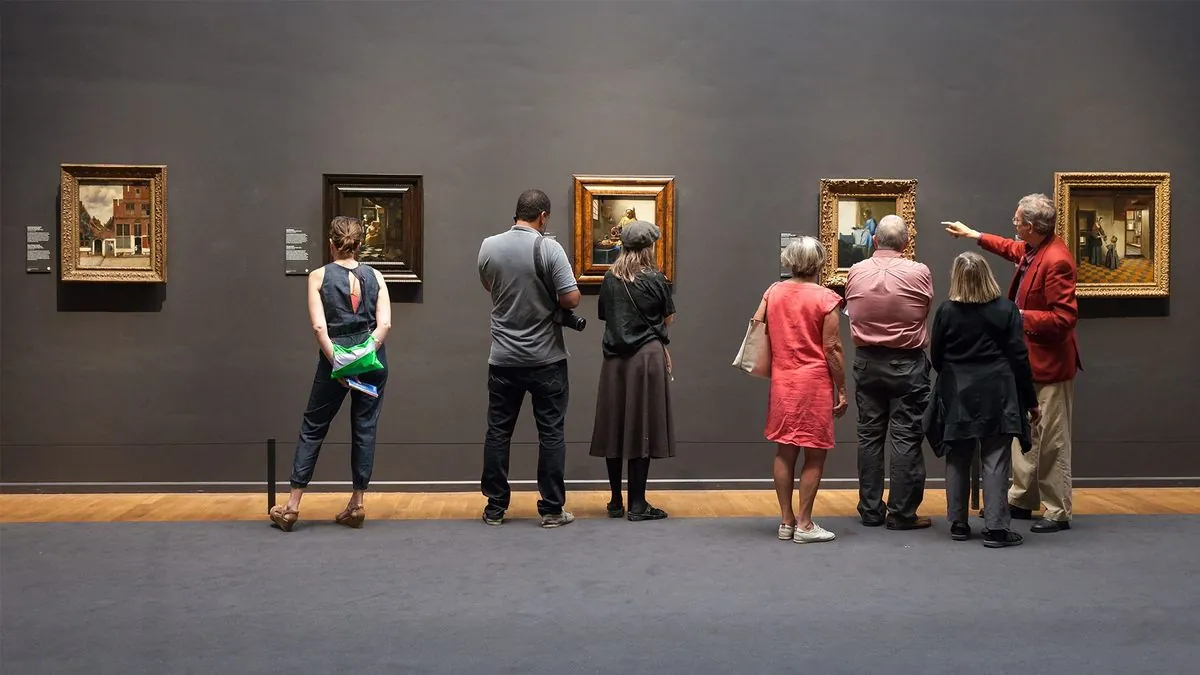The concept of the "artworld," introduced by philosopher Arthur Danto in 1964, has long embodied a paradox: a realm where economic and cultural values intersect and often clash. Today, this complex ecosystem faces new challenges as digital technology reshapes how we engage with art.
Two recent publications offer contrasting perspectives on this transformation. Claire Bishop's "Disordered Attention: How We Look at Art and Performance Today" examines how networked technology has altered art engagement in Europe and North America over the past three decades. Meanwhile, Simon Wu's "Dancing on My Own: Essays on Art, Collectivity, and Joy" provides a millennial viewpoint on the contemporary artworld, interweaving personal experiences with critical analysis.
Bishop, a professor at CUNY Graduate Center, argues that smartphones and social media have fundamentally changed our interaction with art and culture. Museums, once bastions of photography prohibition, now encourage visitors to share their experiences on social platforms. Even performance art, traditionally defined by its ephemeral nature, can now be consumed via live stream.
Bishop's observations on the impact of online habits on museum experiences may seem dated to some readers. She notes that the rapid information processing required online affects how we engage with physical exhibitions, leading to a focus on "information extraction" rather than enjoyment.
In contrast, Wu, a young critic and curator, approaches the digital landscape as a given, focusing instead on its implications for identity politics and collective experiences in art. His essays explore unconventional spaces beyond traditional galleries and museums, seeking emerging trends in shopping malls, fitness classes, and music festivals.
Wu's analysis of implicit bias in art attention is particularly compelling. He discusses the conceptual artist Tseng Kwong Chi, famous in the 1980s East Village scene for his performances in a Mao suit. Wu notes that photos of Tseng not conforming to this cultural stereotype receive less attention, highlighting the role of preconceived notions in shaping art reception.
"I felt relief. I felt, involuntarily, that he was like me."
Both authors acknowledge the influence of mainstream sensibilities on art's marketability. However, their approaches differ significantly. Bishop views attention as cumulative and contagious, while Wu examines it through the lens of implicit bias and identity.
Wu's analysis of Ken Okiishi's 2018 installation "A Model Childhood" demonstrates how technology can be used innovatively in art. The piece combines physical objects with digital elements, including a 3D-printed sculpture and a video projection, to explore themes of family history and cultural identity.
As the global art market continues to grow, reaching $67.8 billion in sales in 2022, these differing perspectives offer valuable insights into how we navigate the intersection of art, technology, and identity in the 21st century. Whether through Bishop's critical examination of attention or Wu's exploration of emerging collective experiences, both authors contribute to our understanding of the evolving artworld landscape.
